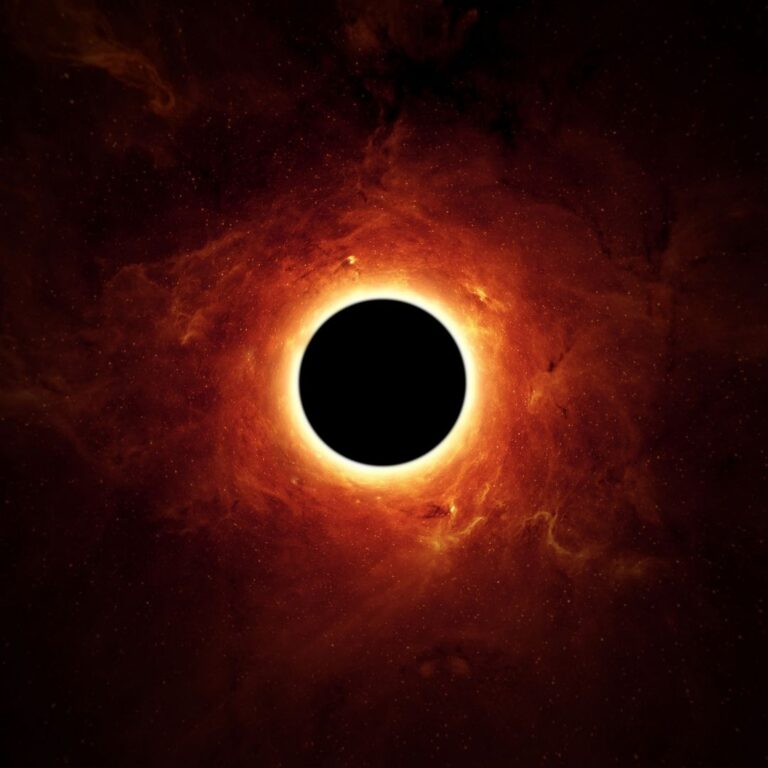Despite being in orbit for just three and a half years, the James Webb Space Telescope (JWST) has already significantly reshaped humanity’s understanding of the cosmos. Now, a new study by scientists at Kansas State University suggests something truly extraordinary: our universe might be located inside a black hole.
The observations made by the Webb telescope have revealed a peculiar pattern in the rotation of galaxies. A disproportionate number, roughly two-thirds, rotate clockwise, while only one-third rotate counterclockwise. This imbalance, according to Lior Shamir of Kansas State University, defies conventional expectations.
In his study, published in the journal Monthly Notices of the Royal Astronomical Society, Shamir examined the rotation of 263 galaxies, each sufficiently bright to determine its rotational direction. The images captured by the telescope were so clear that the rotational patterns were discernible without extensive analysis, though, of course, the researchers did perform rigorous quantitative studies.
“A quantitative analysis of the galaxies’ shapes was conducted, but the difference is so obvious that anyone looking at the images can see it,” Shamir stated. “You don’t need specialized skills or knowledge to see that the numbers are different. Thanks to the James Webb Space Telescope’s power, it’s visible to everyone.”
A Universe Within a Black Hole?
So, what’s so strange about these images? In a randomly distributed universe, the number of galaxies rotating in one direction should be approximately equal to those rotating in the opposite direction. However, the JWST’s data shows a clear bias, with most galaxies rotating in the same direction. This, Shamir suggests, is not only unexpected but also potentially indicative of deeper cosmological truths.
“It is not yet clear what causes this phenomenon. However, there are two primary possible explanations,” Shamir notes. “One explanation is that the universe originated as a rotating entity. This aligns with theories such as black hole cosmology, which posits that the entire universe is, in fact, the interior of a black hole. However, if the universe did indeed begin rotating, it implies that our current theories about the universe are incomplete.”
This hypothesis is not entirely novel in modern physics. Several Australian physicists have explored similar ideas, attempting to analyze the thermal history of the universe through this lens. Unfortunately, concrete evidence to support these theories remains elusive, and its discovery is not anticipated in the near future.
The second potential explanation involves Earth’s own rotation. As part of the Solar System, Earth orbits the center of the Milky Way galaxy. Due to the Doppler effect, scientists expect light from galaxies rotating in the opposite direction to Earth’s rotation to appear generally brighter. This, Shamir suggests, could explain the observed overrepresentation of these galaxies in JWST’s observations. Astronomers may need to reassess the influence of the Milky Way’s rotational velocity, traditionally considered too slow to significantly affect measurements.
“If this is indeed the case, we will need to recalibrate our deep-space distance measurements,” Shamir adds. “Recalibrating these distance measurements could also provide explanations for several other unresolved issues in cosmology, such as discrepancies in the universe’s expansion rate and the existence of massive galaxies that, according to current distance calculations, appear to be older than the universe itself.”
Source: https://academic.oup.com/mnras/article/538/1/76/8019798


